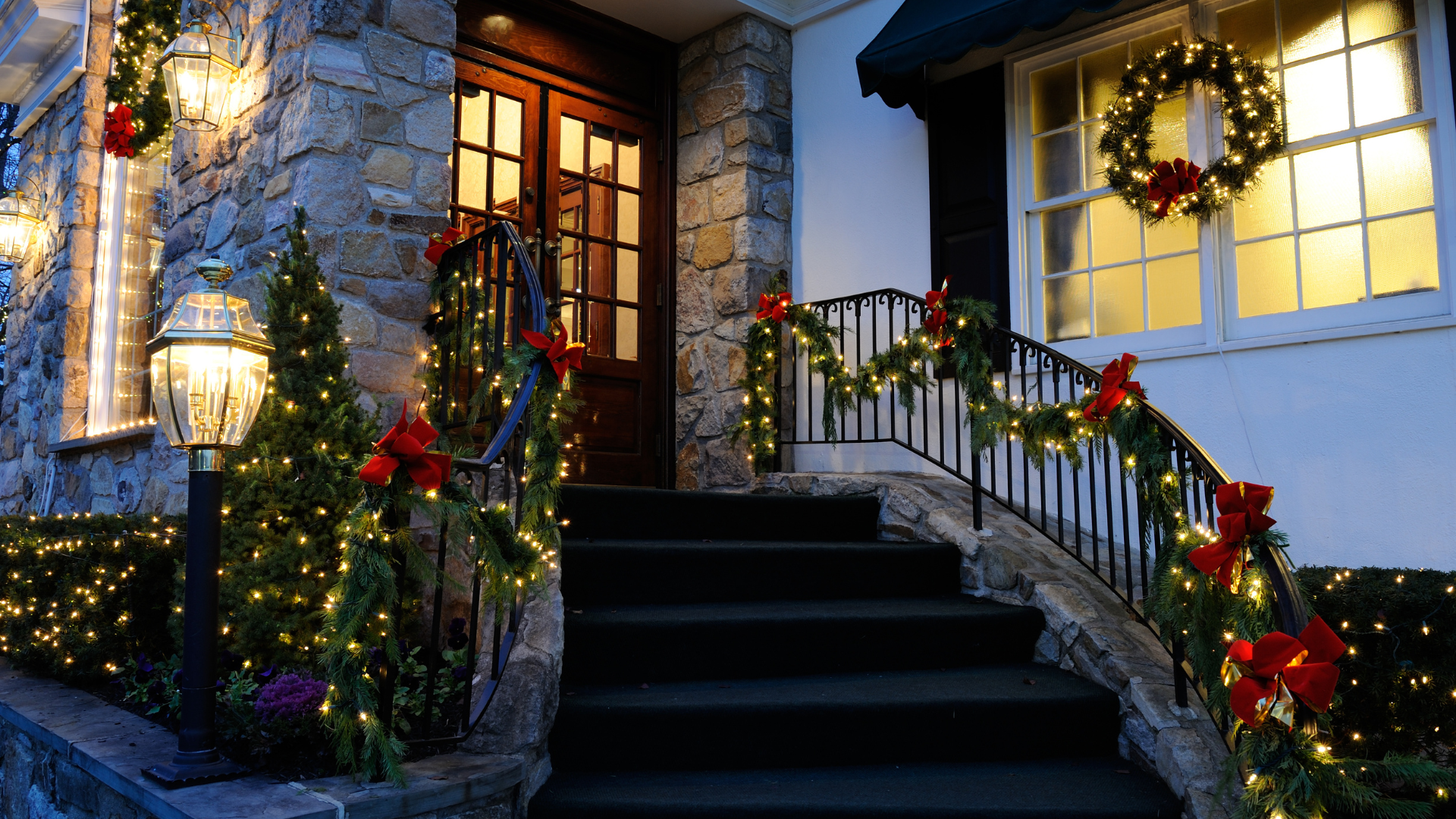Winter-Proof Your Home: How to Seal and Insulate Windows and Doors
Winter is coming, and with it comes the need to ensure your home stays warm and energy-efficient.

Drafty windows and doors can account for a significant portion of heat loss, driving up energy bills and reducing comfort. Fortunately, winter-proofing your home is easier than you think, whether you tackle it as a DIY project or hire a professional.
Identify the Problem Areas
Before jumping into solutions, inspect your windows and doors for common issues:
- Drafts: Feel for cold air near the edges of your windows and doors.
- Cracks or Gaps: Look for visible gaps around frames or weather stripping.
- Condensation or Frost: These are signs of poor insulation or old, inefficient windows.
Simple DIY Fixes
- Weather Stripping: Adding or replacing weather stripping around your windows and doors is one of the easiest ways to seal drafts. Self-adhesive foam strips or V-seal weather stripping can be applied in minutes.
- Caulking: Use caulk to seal cracks around window and door frames. Silicone caulk is ideal for outdoor use as it’s waterproof and long-lasting.
- Draft Stoppers: For doors, consider using draft stoppers or sweeps at the bottom to block cold air from seeping in.
- Thermal Curtains: Heavy, insulated curtains can trap heat inside and block drafts, especially at night.
Advanced Solutions for Long-Term Benefits
- Install Storm Windows and Doors: Adding a layer of storm windows or doors provides an extra barrier against the cold and can be a cost-effective alternative to full replacements.
- Upgrade to Energy-Efficient Windows and Doors: If your windows or doors are old, consider replacing them with modern, energy-efficient models. Double or triple-pane glass and insulated doors significantly reduce heat loss.
When to Call a Professional
If you’re experiencing persistent issues like water leaks, significant drafts, or warped frames, it’s time to consult an expert. A professional can identify structural problems and recommend the best course of action.
Winter-proofing your home not only keeps you warm but also saves money and reduces your environmental impact. Start now to enjoy a cozy, efficient home all season long.
You might also like

Book a Service Today
We will get back to you as soon as possible
Please try again later
Contact Information
All Rights Reserved | Majestic Doors & Windows



